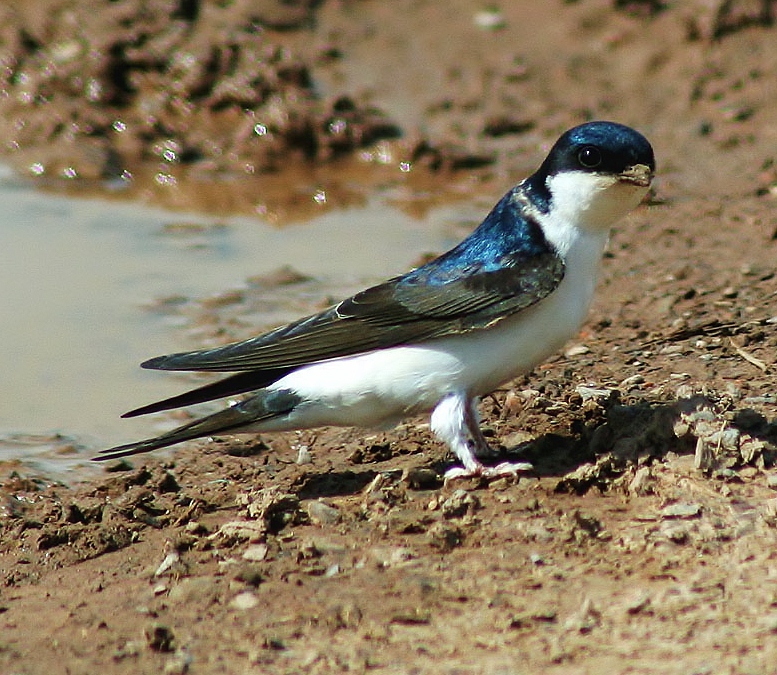 |
| (Photo from Wild About Britain) |
Common name:
house martin (en); andorinha-dos-beirais (pt); hirondelle de fenêtre (fr); avión común (es); mehlschwalbe (de)
Taxonomy:
Order Passeriformes
Family Hirundinidae
Range:
This species breeds throughout most of Europe and the middle and northern latitudes of Asia, and also in north-western Africa and the Middle East. They migrate south to winter in Africa south of the Sahara, in the Red Sea coast and in south-east Asia.
Size:
These birds are 12-13 cm long and have a wingspan of 26-29 cm. They weigh 16-25 g.
Habitat:
House martins are mostly found in open habitats with low vegetation, namely pastures and grasslands, urban areas, agricultural areas and rocky areas. During winter they are also found over dry savannas. They can occur from sea level up to an altitude of 4.500 m.
Diet:
They mainly catch insects on the wing, taking flies, mosquitoes, flying ants, beetles, bugs, butterflies, mayflies, aphids and spiders.
Breeding:
House martins breed in March-June. The nest is a neat closed convex cup fixed below a suitable ledge, with a narrow opening at the top. The nests are made of mud and lined with grasses and fine materials. They often breed colonially with several nests built in contact with each other. The female lays 4-5 white eggs, which are incubated by both parents for 13-19 days. The chicks are fed by both parents and fledge 19-32 days after hatching. Each pair typically raises 2 broods per season.
Conservation:
IUCN status – LC (Least Concern)
This species has an extremely large breeding range and a global population of 60-290 million individuals. The population is suspected to be decreasing, and data from 21 European countries indicates a moderate decline since 1980.







